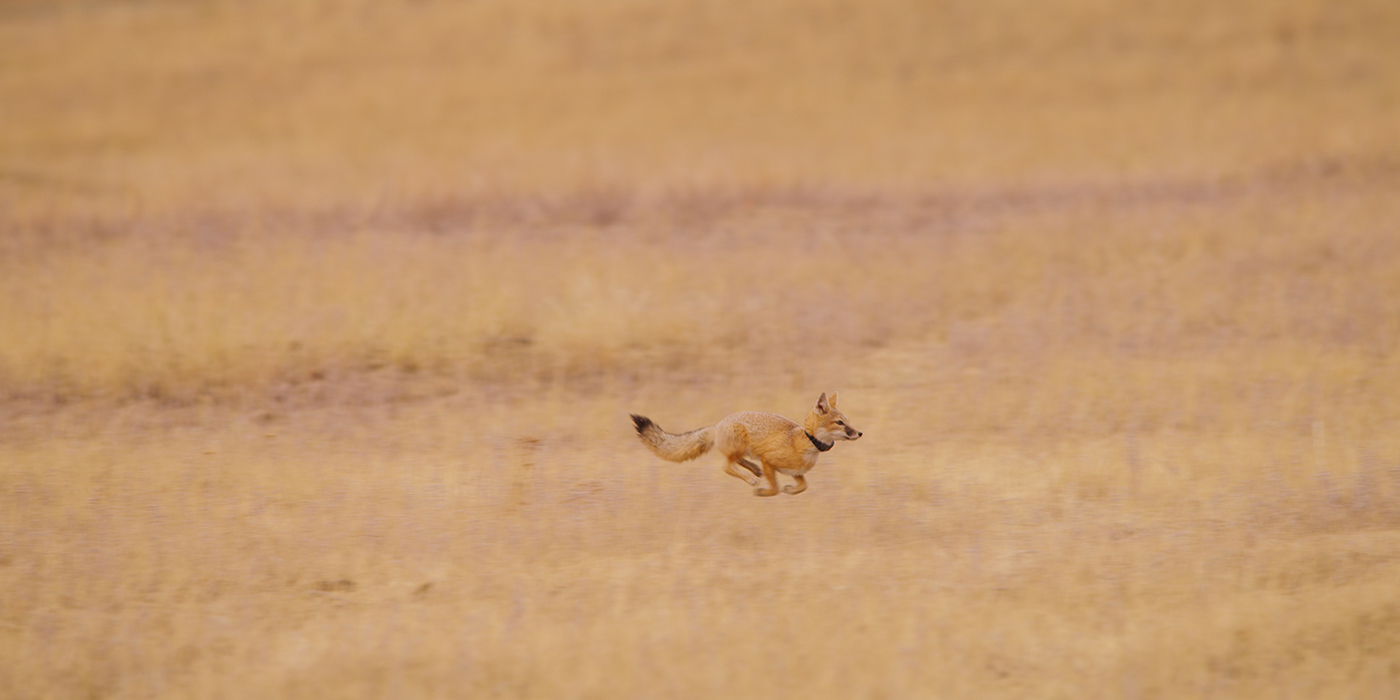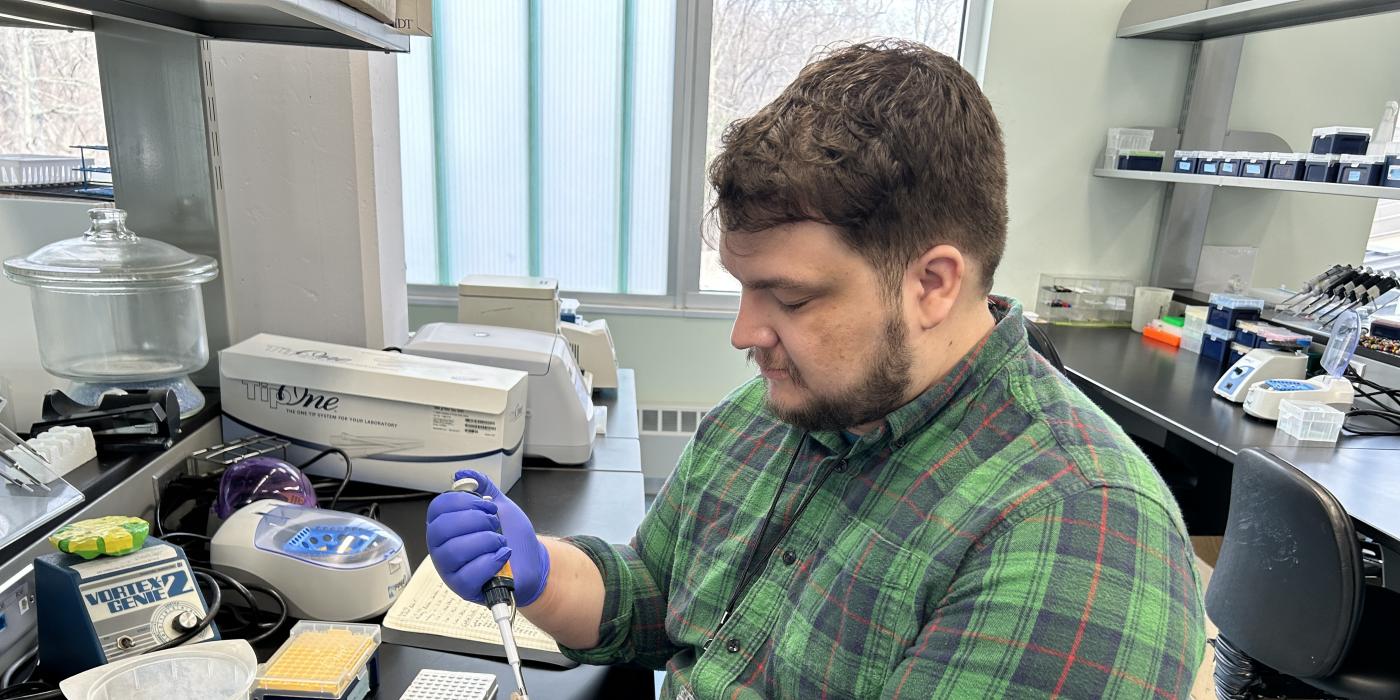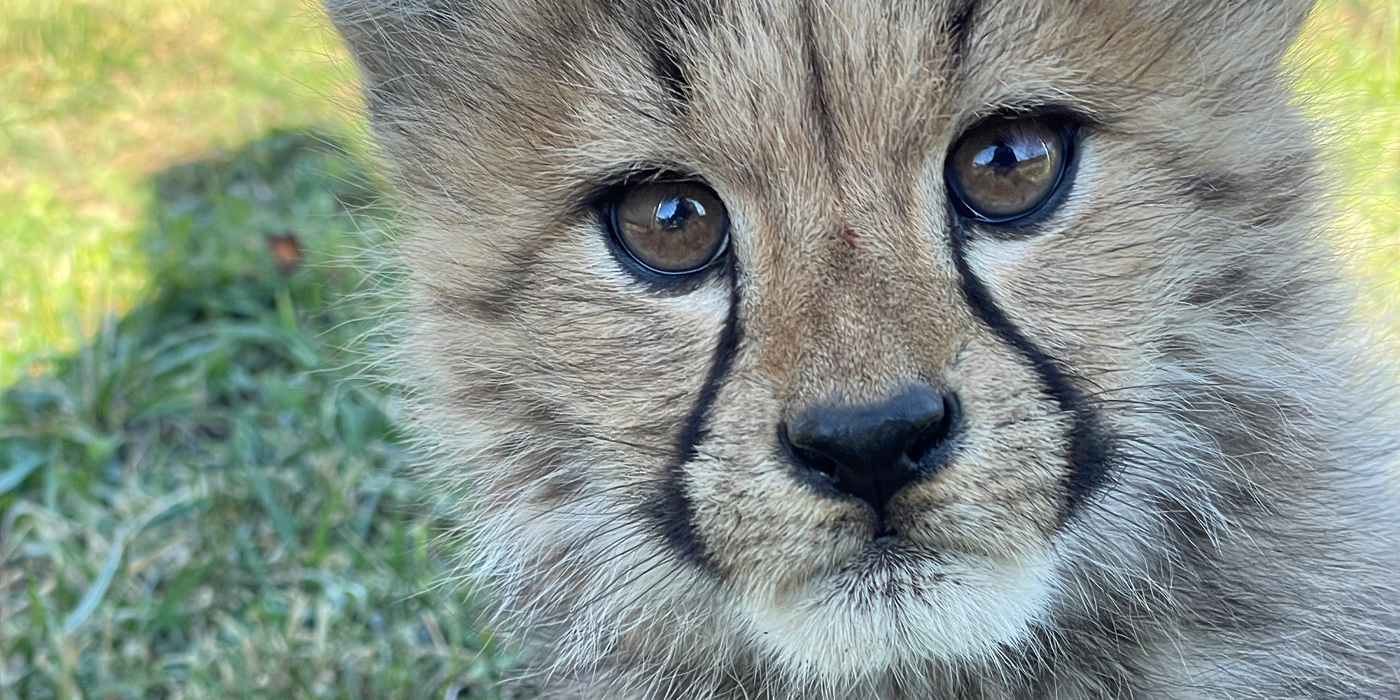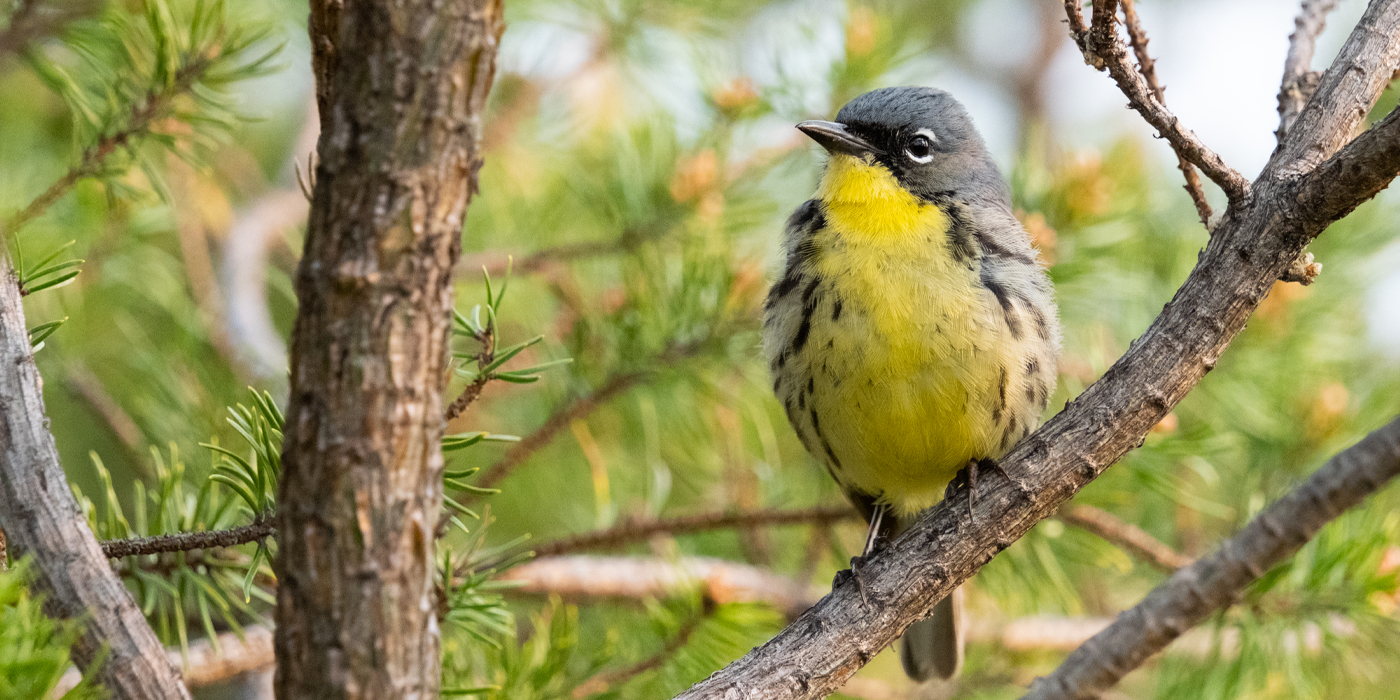New DNA Analysis Allows Scientists to Identify Specific Animals by Their Feces
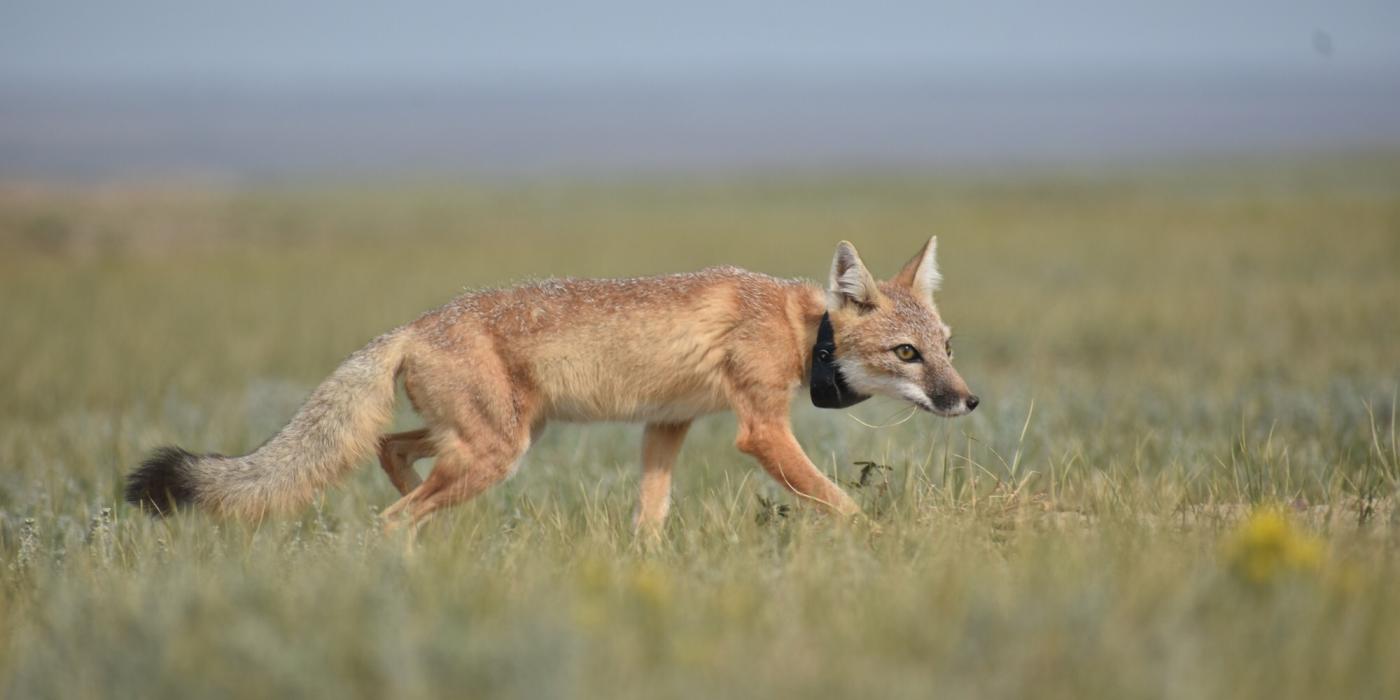
Scientists from the Smithsonian’s National Zoo and Conservation Biology Institute (NZCBI) have successfully used swift fox droppings to identify individuals and collect other data vital to monitoring a reintroduced population in Montana. The now-validated technique could limit the need for capturing the animals, making monitoring the population easier both for the foxes and the humans trying to bring them back to the prairie.
The study, published today in the journal Molecular Ecology Resources, reports an 85% success rate in extracting reliable genetic data from fox scat. The study is the result of a collaborative effort between scientists across NZCBI—the Center for Conservation Genomics, Center for Species Survival, Conservation Ecology Center and Great Plains Science Program all contributed to the project, demonstrating how cross-discipline partnerships can lead to the development of innovative tools with meaningful conservation applications.
“This method can be considered a practical alternative to capturing individuals for monitoring a population,” said the study’s first author Lillian Parker, who was a post-doctoral researcher at NZCBI during the study and is now at the University of Oklahoma. “The samples don’t need to be fresh, it can work on scat that has dried out in the sun for weeks or even really old samples that museums might have stored in freezers.”
Swift foxes are one of the smallest wild canids in North America. With an average weight of around five pounds, they are smaller than the average house cat. They once roamed the Great Plains from Canada to Texas but now occupy just 40% of their historical range due to habitat loss and efforts to eliminate wolves and coyotes with poison and traps.
In 2020, the Aaniiih and Nakoda Tribes of the Fort Belknap Indian Community in northern Montana partnered with Smithsonian scientists to reintroduce 150 Nóouhàh-Toka’na, or swift foxes, to the reservation after more than a half-century of absence. Fort Belknap and their partners translocated foxes from healthy populations in Colorado and Wyoming.
Monitoring the success of these reintroductions is essential, but some data could formerly only be collected by repeatedly capturing foxes. Capturing the animals causes stress, risks injury and demands significant time and resources.
The study’s lead authors, Parker and Jesús Maldonado, acting head of the Smithsonian’s Center for Conservation Genomics, developed non-invasive methods for collecting genetic data across species including Asian elephants, tigers and wild dogs. They joined the swift fox reintroduction effort to continue this work and develop non-invasive genetic tools to help monitor the fledgling population.
“My group has been developing non-invasive techniques to monitor a wide diversity of animals since the early ’90s,” said Maldonado. “Trying to capture animals is often logistically challenging, and for the animal it can be stressful. Imagine working with tigers or wolves. It’s a lot easier to capture scat than a tiger.”
For swift foxes, Parker and Maldonado collaborated with other NZCBI scientists to adapt a method they described in a 2022 paper originally created for coyotes and the kit fox, a close relative of the swift fox. The technique applied methods used in the field of ancient DNA to overcome the fragmented and degraded genetic material typically found in scat to identify individual kit foxes and coyotes from their droppings.
The reintroduction process also afforded the opportunity to validate the method, because each swift fox had to be captured prior to its relocation and release at Fort Belknap. This meant the researchers could collect blood and fecal samples with full knowledge of which foxes they came from to check the technique’s results.
The team collected blood and fecal samples from 48 GPS-collared swift foxes being relocated from Colorado and Wyoming to Montana. To pull fox DNA out of the fecal samples, the researchers used molecular probes—specially designed molecules that grab only fox DNA—originally designed for kit foxes and coyotes. The hope was that the species were sufficiently closely related that the same molecular probes would work for swift foxes.
To maximize the amount of fox DNA the researchers could analyze, they did three rounds of DNA amplification, which created additional copies of the scarce fox DNA so it could more easily be read by sequencing machines. This triple-amplification is a common practice among researchers working with ancient DNA, but it had not previously been applied to non-invasive methods for living species.
Of the 26 scat samples that yielded DNA, the method was able to correctly identify individual foxes with an accuracy of 94.5–99.5% when comparing multiple samples from the same animal. The technique was also able to determine each fox’s sex and identify family groups.
Wildlife managers can now monitor the reintroduced swift foxes in Fort Belknap by picking up what they leave behind instead of chasing after the foxes themselves. DNA from fox scat can help researchers track key metrics such as survival rates, breeding success and population dynamics. Successfully adapting molecular probes created for kit foxes and coyotes to swift foxes also shows that genetic tools developed for one species have the potential to be used for other closely related species. The authors believe the technique could be adapted to monitor other elusive canine species in remote areas.
“These results validate this method for further research on this reintroduced swift fox population, and for applications on other species,” Maldonado said.
The research team will use this method to deliver insights on the Fort Belknap swift fox population over the coming years, assessing whether the relocated foxes establish a self-sustaining population.
# # #
Photo caption: Smithsonian researchers used fecal samples to identify specific wild swift foxes. This method allows for non-invasive monitoring, which reduces stress for the animals.
Photo credit: Wes Overvold, Smithsonian’s National Zoo and Conservation Biology Institute.

